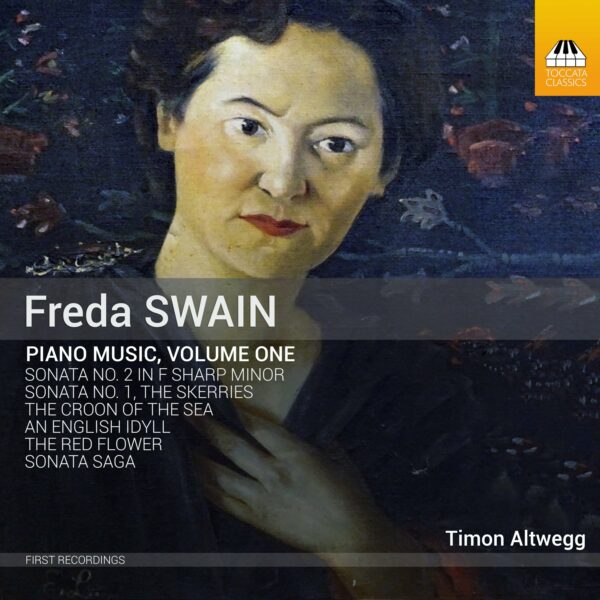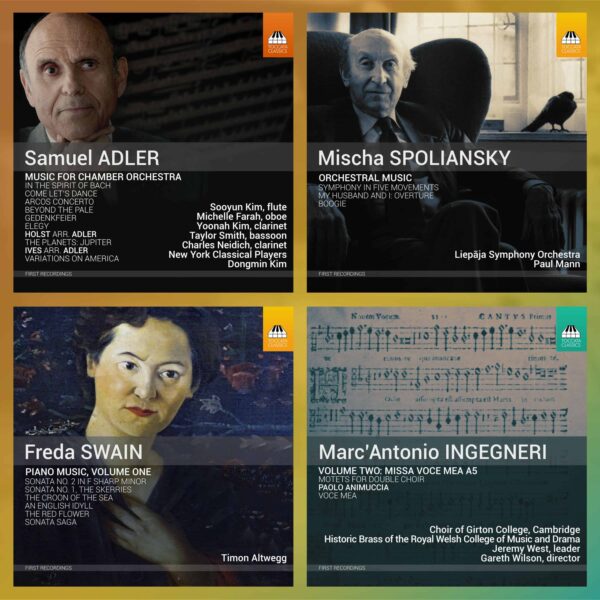Freda Swain: Piano Music, Volume One
The English composer-pianist Freda Swain (1902–85) left a huge legacy of music that was largely unknown even while she was alive. Her compositions – hundreds of them, in a series of large boxes – found their way to the Swiss pianist Timon Altwegg, who begins his survey of her piano music with Swain’s three mighty sonatas. They are astonishing discoveries: big-boned, virtuosic pieces, full of wild energy, crossing from late Romanticism to a more modern idiom – from Rachmaninov to Bartók, so to speak – and with Bax’s fondness for Celtic seascapes and a hint of Debussyan Impressionism.
Timon Altwegg, piano
Listen To This Recording:
- I Misterioso –
- II Lento tranquillo –
- III Con molto energia – Allargando superbamente – Allegro ritmico
- The Croon of the Sea (1920)
- I Vigoroso
- II Non troppo lento, malinconio
- III Moderato misterioso, lontano – Poco allegro e ritmico
- An English Idyll (1942)
- I Toccata: Allegro vigoroso e ritmico
- II Canzona Pastorale: Poco andante e semplice
- III Interlude
- IV Pandean Rondo: Poco allegro, giojoso
- The Red Flower
Sonata Saga in F minor (1925–30)
Piano Sonata No. 1 in A minor, The Skerries (1936–37; rev. 1945)
Piano Sonata No. 2 in F sharp minor (1950)
FIRST RECORDINGS


MusicWeb International :
‘She [Freda Swain] could hardly have had a more versatile or a more understanding interpreter than the Swiss musician. […]
Thanks to Timon Altwegg and Toccata we now know a lot more about Swain and her music in its movement from rich late romanticism to a palette-cleansing clarity that shows awareness of Debussy.’
—Jonathan Woolf, MusicWeb International
Limelight :
‘Altwegg’s recording of three sonatas and three short pieces should go a long way to reinstating this remarkable composer with a highly individual voice. The most fascinating work is the three-movement Sonata Saga that Swain left unnumbered and which Altwegg found in a box of unsorted loose pages. He has painstakingly worked it into a performance version, and it is an impressive and powerful debut work from a 22-year-old.
The gem of the collection is the Sonata No 1 in A Minor, nicknamed “The Skerries”, written in 1936 and inspired by the Scottish landscape. Altwegg gives a memorable performance. The Sonata No 2 in F Sharp Minor dates from 1950 and shows how Swain advanced in her approach to form and harmony. The short pieces are delightful.’
—Steve Moffatt, Limelight